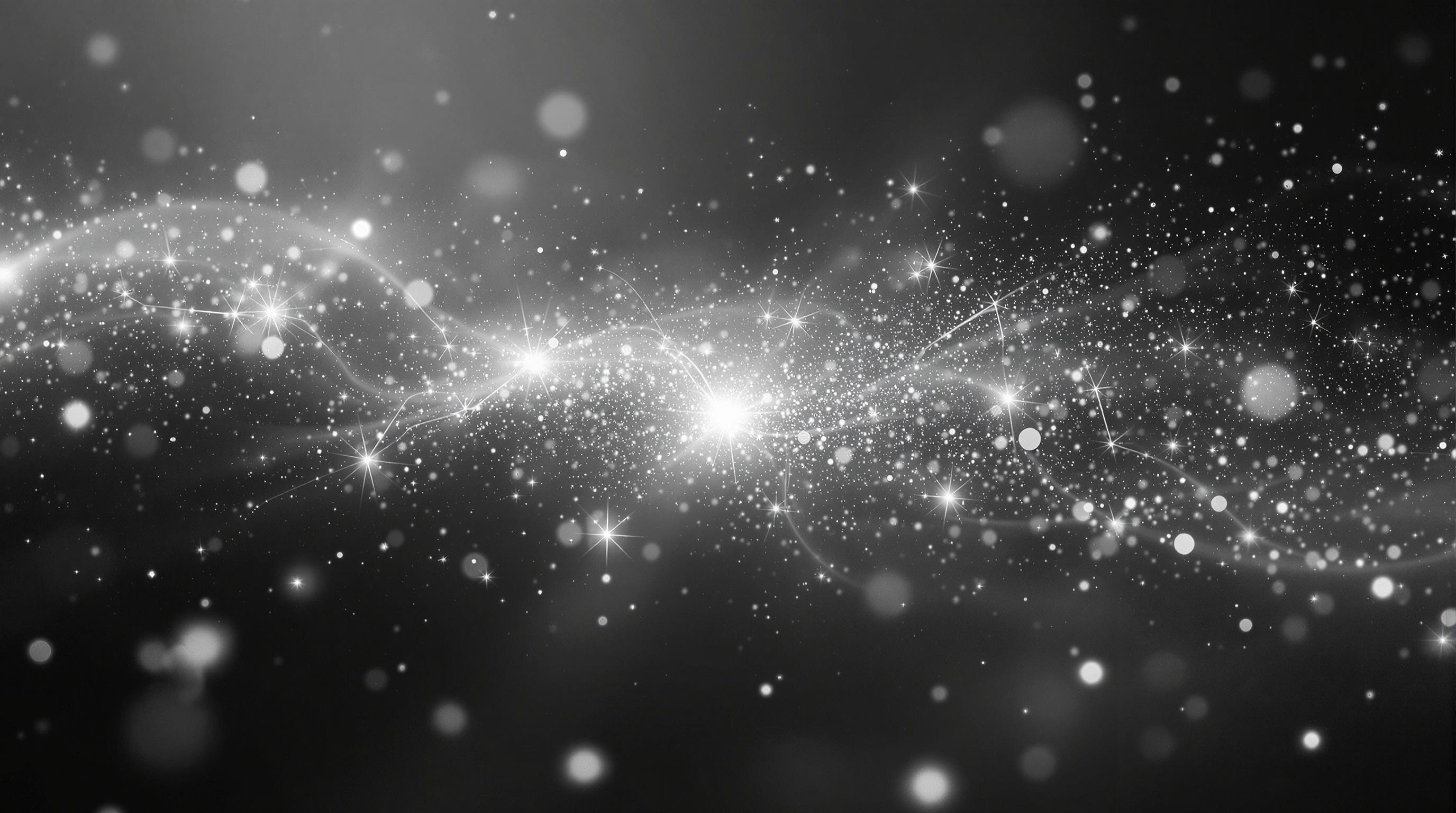Explanation
Imagine a world where computers can instantly identify people just by looking at their faces. That's the power of facial recognition. It’s a computer vision technology that analyses facial features from an image or video to identify or verify an individual.
It works by mapping the unique characteristics of a person's face, such as the distance between the eyes, the shape of the nose, and the contours of the jawline. This creates a unique facial signature, which is then stored in a database.
When a new image or video is captured, the system compares the facial features to those in the database to find a match. Think of it as a high-tech version of recognising a friend in a crowd.
Facial recognition isn't just about matching faces; it's about understanding and interpreting the complex patterns that make each face unique. It's a technology that's rapidly evolving, with new applications emerging all the time.
Examples
Consumer Example
Consider unlocking your smartphone with your face. Facial recognition analyses your facial features to verify your identity, granting you access to your device. It is an example of a quick and seamless way to secure personal devices.
Business Example
Imagine a retail store using facial recognition to identify known shoplifters as they enter the premises. The system alerts security personnel, helping to prevent theft and create a safer shopping environment. It's a proactive way to protect assets and improve security.

